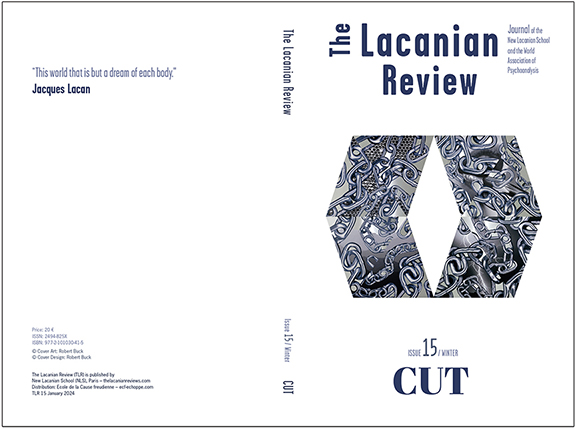In the early 1960s a boy encounters a mystifying conté crayon drawing by Georges Seurat of a woman,
Silhouette de Femme, ca.1882-1884, at an art museum in San Antonio, Texas, the McNay. Sixty years later, in the spring of 2022, that instant recurs as
Donald Moffett + Nature Cult + The McNay. Same place, alternate time, present day. The exhibition, devised by the artist, Donald Moffett, with support from the museum’s director, René Paul Barilleaux, presented objects from three apposite contexts: art works from the artist’s studio; modern and contemporary art from the museum’s collection; and artworks and artifacts from the home Moffett shares with his artist partner. Not one thread, three––a braid. And something more: audible throughout the galleries, a repeated call without answer, a male Kauaʻi ʻōʻō bird singing for his female mate, already extinct. Both are now. Nature cut.
In Moffett’s exposition, museum art-historical hierarchy was leveled in an excursive show of objects, organized variously by color, content, form, mark, motif, line, or something else altogether, inevident. To defer the deadening effects of works by corresponding wall labels, identifying information could be found at either end of an intervening wall. An art a-historical holarchy, deranged through one large subdivided gallery, each composite, or compost, of works elicited desire and beauty anew. Art and artifacts were arrayed irregularly, vicinal, proximate, the ensuing interstices intentional. In the meandering installation––knowingly configured as contingent upon––art deviated, and so derived in each and every thing, encounter and enclave, including the institution and its site. A focal point: four works were situated in relation to a metal lattice window screen, through which could be seen the landscaped museum grounds. The McNay, San Antonio, Texas… Land. The Backland Prairie, ancestral homeland to the Payaya, a band of the Tāp Pīlam Coahuiltecan Nation. There, the museum is located on a twenty-three acre estate, in a 1929 Spanish Colonial-style house, the former home of Marion Koogler McNay.
Moffett’s artistic operation was to cut, with a twist, that is, to cleave: sever and adhere. His constellated museum art work was in effect an effect of its own realization––its own eventuality. As with a Möbius band, the exhibition, via its circuitous layout and porous placement of things, conceivably, had no beginning nor end, inside nor outside, now nor then. Consequent to his contingent and enigmatic encounter with an alluring work of art, Moffett made use of the McNay. There, by a singular logic, that disrupted the chronologic, he reimagined the nature of cult. Open and not all, Nature Cult is an ongoing labor of art by a solitary, of physiolatry and solidarity, that as such calls forth, from cult, community. In Moffett’s art eco-system, adjacency added up to possibility, thus inscribed, as added to the title, +.
Nature/Cut arose by way of the artist’s ethic: insist on possibility, climate change, to incite social change. Act!
And that is what I did. I cultivated a community of makers to respond to what Moffett made. The product is a patchwork of essays, stories, chronicles, observations, petitions, and a letter; by artists, activists, poets, writers, curators, a scholar, master chef, non-fiction filmmaker, psychoanalyst, and conservationist. Having seen the exhibition onsite or online, each contributor found their own subject matter therein and, thereby, indexed a real of endangered life. I am grateful to Hamilton Fish, Simon Kilmurry, Donald Moffett and Elizabeth Rogers for helping to extend my reach and to each One who wrote.
Moffett’s collage, made of images excised from those of his exposition, together with the writings that annotate it, comprise
Nature/Cut, the seventh iteration of his
Nature Cult. As a folio created by the artist exclusively for
The Lacanian Review, it uniquely extends the journal and the discourse it elaborates into the subjective climate of crisis today. To quote Voltaire’s
Zadig; or, Destiny, “Your greatest Uneasiness, said he, arose from the Narrowness of your Circumstances; but mine proceeds from an internal, and much deeper Cause,” alongside Shakespeare, “These violent delights have violent ends, and in their triumphs, die, like fire and powder,” adjacent to Jaques Lacan, “Beauty, in its singular function in relation to desire, does not lure us, unlike the function of the Good. It awakens us and perhaps accommodates us to desire, insofar as it itself is linked to a structure of lure… Beauty––do not touch it.”
Donald Moffett (b. 1955, San Antonio, TX), emerged as both an artist and activist in the late 1980s, participating in the ACT UP movement, as a founding member of the collective Gran Fury, and as the founding partner of BUREAU, transdisciplinary studio. Taking abstraction and the monochrome as evolving unfinished languages, Moffett challenges the traditional flat frame of painting through non-traditional techniques and employs new forms that serve as carriers of both personal and political meaning. Currently, Moffett is pursuing NATURE CULT, a deep study and expanding practice of how art and the environmental crisis might collide.
Robert Buck © 2024
Download



